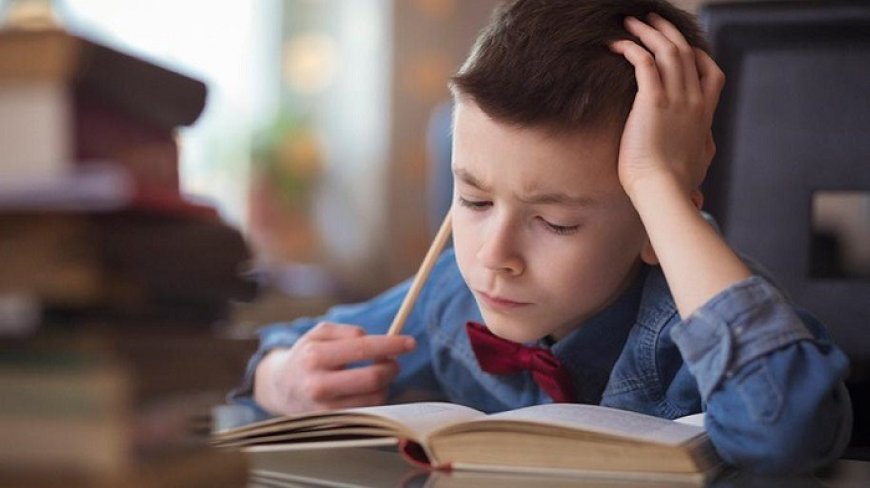Corrective work during dyslexia in primary school children: practical exercises and useful tips
The dyslexia syndrome manifests itself in a wide variety of symptoms. It is important for a teacher not only to know

Games, tasks, and tricks will help increase the learning success of younger students with dyslexia.
The dyslexic syndrome manifests itself in a wide variety of symptoms. It is important for a teacher not only to know the manifestations of dyslexic but also to be able to properly build a dialogue with the child to create a comfortable psychological climate for further successful correctional work.
What should you know about a child with dyslexia?
The child at school compares himself with peers, begins to understand that he has certain problems. The negative emotions she feels have a huge impact on her development, and can also slow her down on the path to academic success.
Reading for a child with dyslexia is like a constant struggle with symbols, which causes a state of disorientation. As a result, the dyslexic becomes so accustomed to it that he perceives it as the norm.
Signs of dyslexia
- Thinking in images. When a normative child reads a text, the words evoke certain images in him, and they in turn come to mind. Dyslexics think in images, so they may have a poorly developed internal monologue. Each word for such a child has a separate image, and very often, when she reads a sentence, it is difficult for her to put all these images together. Special problems feel with prepositions. This is where the state of disorientation begins, and the teacher's task is to teach the child to concentrate on reading and control this state.
- Disorientation in time. It is difficult for such children to keep track of time, to navigate the seasons.
- Disorders in the account. The child is disoriented in time and space, and mathematics is pure logic. According to the speaker, when a child learns to understand the sequence of events, it will be much easier for him to count.
- It is sometimes difficult for a child to write a word or letter on a plane, because he may have his own images of certain letters.
What can help?
Schemes
We can introduce the child to prepositions in schemes that can be found in free access. Not all children can find out what such a scheme means, so the speaker advises demonstrating the placement of objects in space and voice everything you do. This way we will be able to capture the image of a certain preposition in a child.
Pyramids
All pyramids associated with childhood, with something very primitive. If the child finds it difficult to count, to understand the sequence, then working with such a subject will be very useful. If you give a child the task of making an inverted pyramid or line up a logical series from the largest detail to the smallest, it may happen that he will not understand the task. So do not be afraid to return to the banal children's pyramid, because it will show you where the child has a gap.
Pencils
You can ask your child to spread out the pencils from the longest to the shortest.
Chains of unfolding events
We can ask the child to line up in logical row pictures with different numbers of lines and numbers next to them.
After that, you can give pictures depicting the sequential unfolding of events, where you need to determine what was the cause, how the events took place, and how it all ended. However, the speaker notes that such tasks are usually quite difficult for children with dyslexia in the beginning.
In addition, you can teach your child to count and track the sequence with the help of small pictures that need to be found in the correct order and then disassembled in reverse. Small picture size is needed because it is difficult for children with dyslexia to pay attention to detail.
Work with orientation in space
Children with dyslexia find it difficult to cope with patterns and navigate the plane.
You can use an analog of the game "Sea Battle", where there will be a number of letters at the top and numbers at the side, thus teaching the child to navigate the coordinates. When the student connects the letter and the number, the corresponding picture clings to the intersection of these symbols.
Work with writing letters
If you find it difficult for a child to write letters, you can write these letters in kinetic sand or semolina with one or more fingers. In the process of such work, all sensors are involved and spatial orientation and lettering are well-practiced.
General tips
- Keep in touch with your parents, explain what dyslexia is.
- Praise your child for concrete achievements and always say what exactly.
- Develop fine motor skills.
